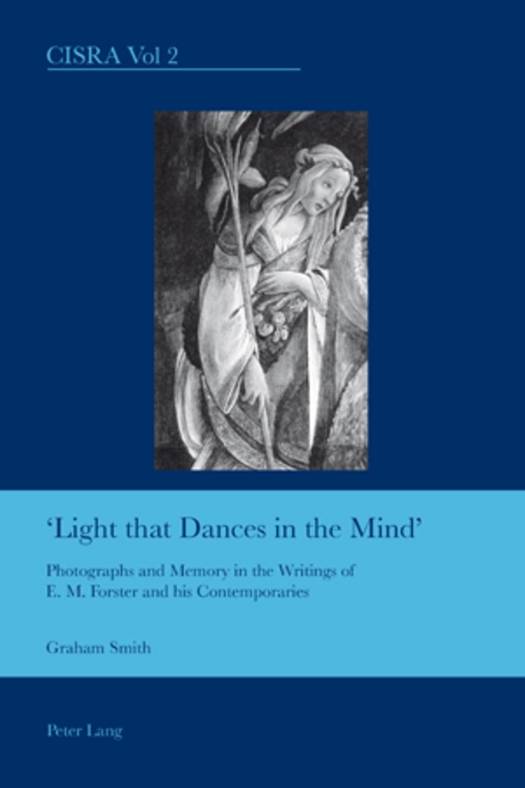
Door een staking bij bpost kan je online bestelling op dit moment iets langer onderweg zijn dan voorzien. Dringend iets nodig? Onze winkels ontvangen jou met open armen!
- Afhalen na 1 uur in een winkel met voorraad
- Gratis thuislevering in België vanaf € 30
- Ruim aanbod met 7 miljoen producten
Door een staking bij bpost kan je online bestelling op dit moment iets langer onderweg zijn dan voorzien. Dringend iets nodig? Onze winkels ontvangen jou met open armen!
- Afhalen na 1 uur in een winkel met voorraad
- Gratis thuislevering in België vanaf € 30
- Ruim aanbod met 7 miljoen producten
Zoeken
Light That Dances in the Mind
Photographs and Memory in the Writings of E. M. Forster and His Contemporaries
Graham Smith
€ 81,45
+ 162 punten
Omschrijving
This book is concerned with the presence of familiar objects in unfamiliar places. It examines the literary practice of inserting imaginary photographs of art, architecture, and people into novels and short stories. These photographs are fictive objects, although some, especially those of art and architecture, have equivalents in real life. The book examines the presence of invented photographs in the writings of six authors who made extensive use of this practice. The first part of the book concentrates on E. M. Forster, while also including some discussion of imaginary photographs in Sinclair Lewis's novel Main Street. The second part of the book analyses the uses of photographs in the writings of Forster's near contemporaries, with separate chapters being devoted to Henry James, Marcel Proust, James Joyce, and Virginia Woolf. An epilogue touches on Christopher Isherwood, a member of the next generation of British writers. The book focuses upon largely unexplored areas in the writings of these authors - what Virginia Woolf in 'Modern Fiction' styled 'un-expected places'.
Specificaties
Betrokkenen
- Auteur(s):
- Uitgeverij:
Inhoud
- Aantal bladzijden:
- 260
- Taal:
- Engels
- Reeks:
- Reeksnummer:
- nr. 2
Eigenschappen
- Productcode (EAN):
- 9783039111176
- Verschijningsdatum:
- 29/10/2007
- Uitvoering:
- Paperback
- Formaat:
- Trade paperback (VS)
- Afmetingen:
- 150 mm x 220 mm
- Gewicht:
- 389 g

Alleen bij Standaard Boekhandel
+ 162 punten op je klantenkaart van Standaard Boekhandel
Beoordelingen
We publiceren alleen reviews die voldoen aan de voorwaarden voor reviews. Bekijk onze voorwaarden voor reviews.











